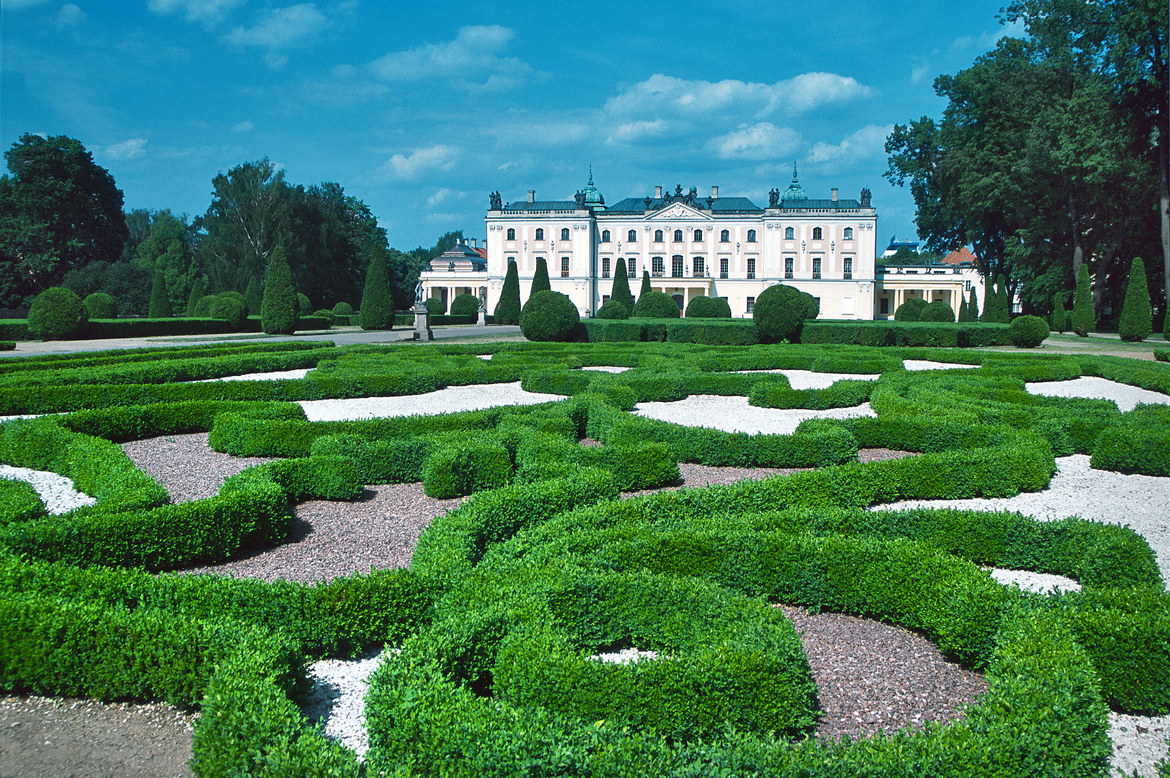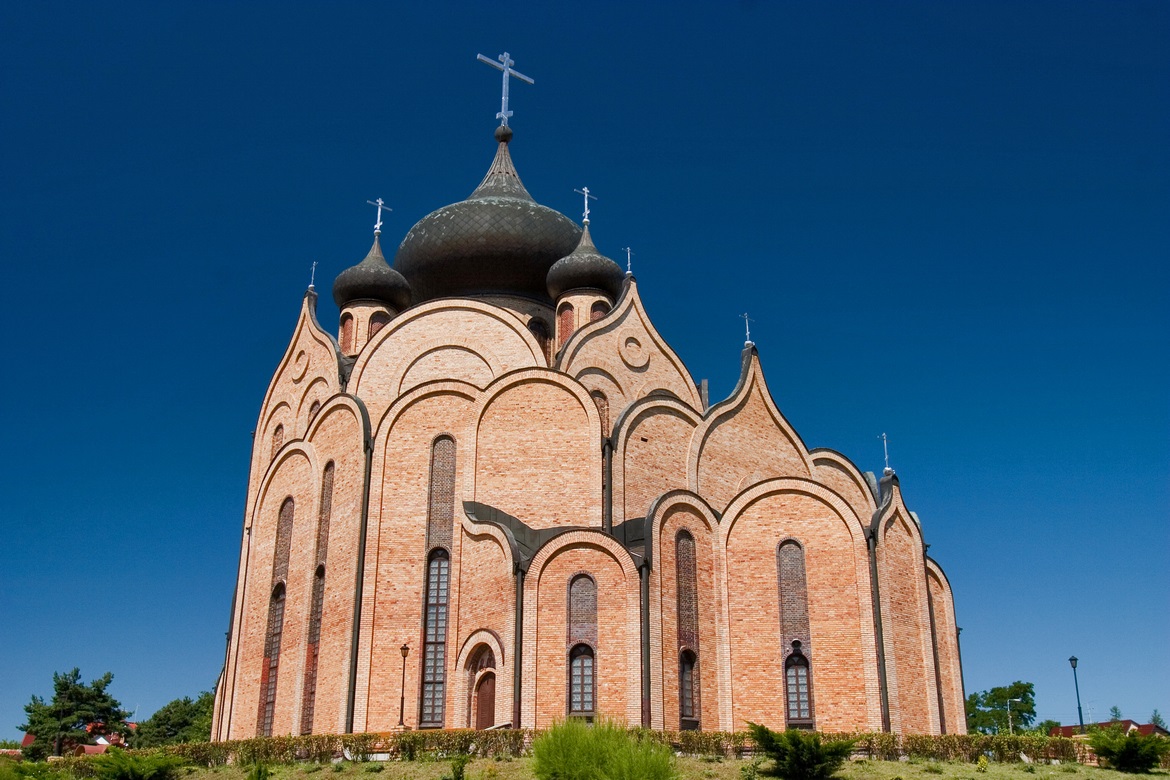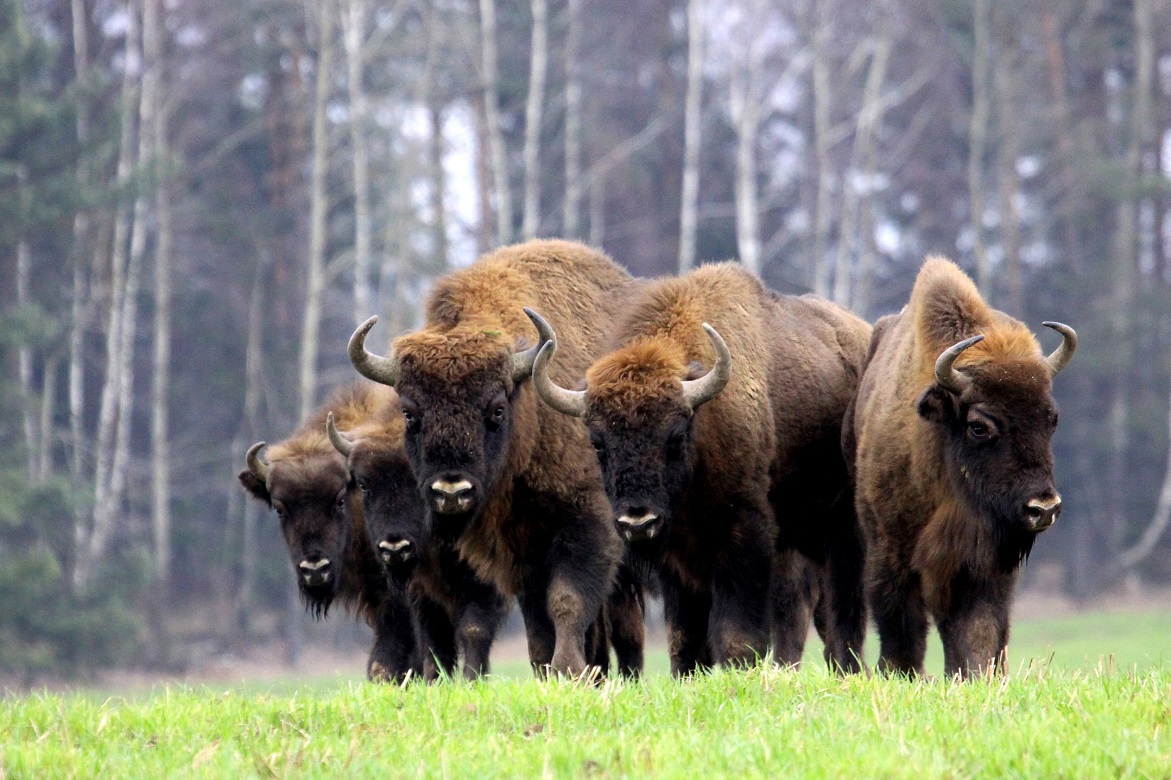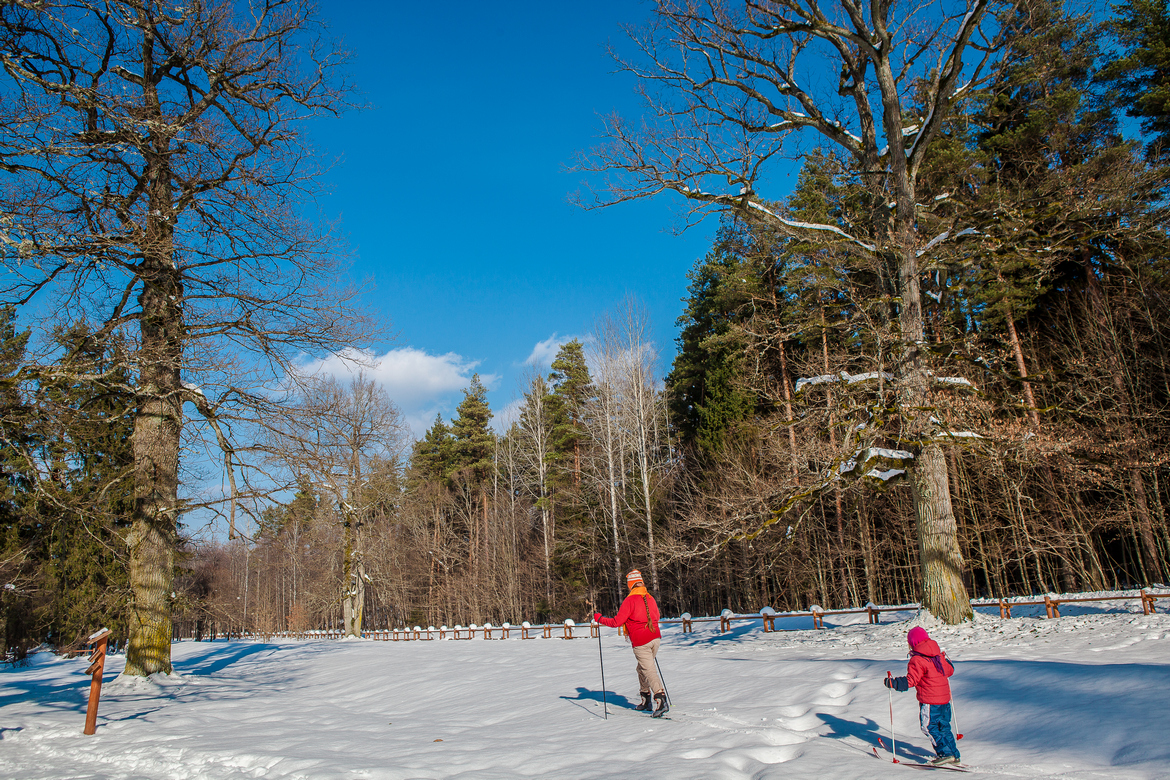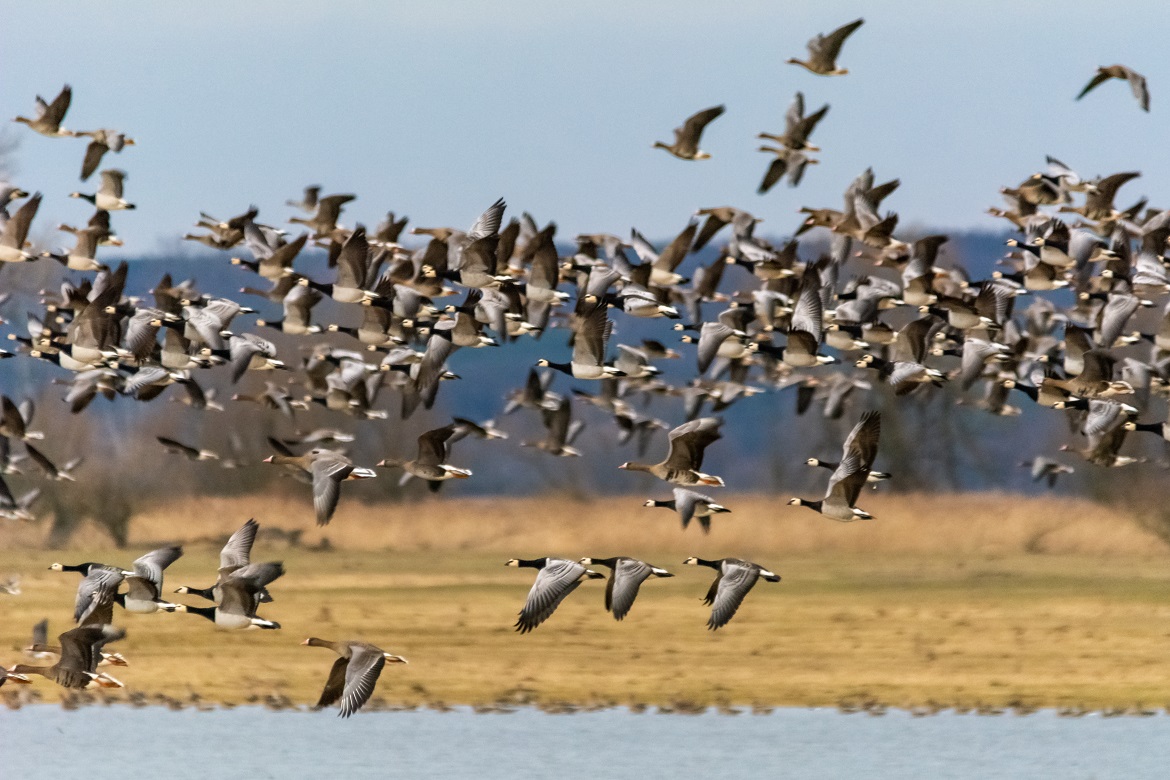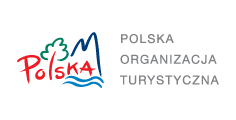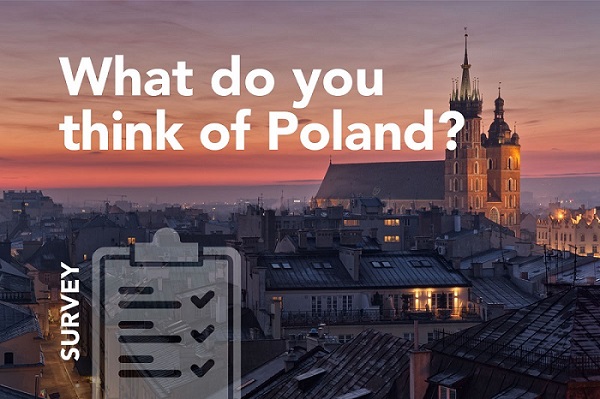Podlaskie Voivodeship
Podlaskie Voivodeship
A picturesque region with remarkable rivers and lakes, the least urbanised part of Poland; idyllic landscapes, charming localities, health resorts, and four national parks (Białowieża, Biebrza, Narew and Wigry) welcome tourists; the region includes the UNESCO-listed Białowieża Forest; Podlaskie province, with hospitable Białystok as its capital, has many multicultural attractions…
Podlaskie province lies in north-eastern Poland, bordering on Belarus in the east, Lithuania in the north-east, and sharing a border with three Polish provinces: Warmińsko-Mazurskie, Mazowieckie and Lubelskie. The province capital is Białystok. Podlaskie province covers an area of almost 20,200 sq. km.
Podlaskie Province: Closer to Nature
This is a region marked by various cultures, a gateway to the East, a haven of peaceful and primeval landscapes that are perfect for those wanting to switch to a slower pace of life. Orthodox and Roman Catholic churches, synagogues and low cottages with painted shutters, Yotvingian burial mounds, mists flowing over meadows on the River Bug, fish splashing in the Polish Amazon – the River Narew, the wild backwoods of Knyszyn Forest, the majestic European bison emerging from the primeval Białowieża Forest, a rutting ground in Augustów Forest, the Milky Way’s million stars running across a clear sky, a szeptucha (female healer) waiting around the corner, the taste of pierekaczewnik pie, potato sausage and sękacz cake – this is Podlasie, a magically diverse region. Below are some must-see sites and places worth exploring.
Cultural Melting Pot
Why not begin your encounter with Podlaskie province in a mystical place: Holy Mount Grabarka where the Polish heart of the Orthodox faith beats? The forest of almost 10,000 crosses covering the hill, placed here over the centuries to the present day, each one with a special intention, is surrounded by a forest of pine trees. Grabarka together with a copy of the miraculous Icon of the Mother of God of Iver from Holy Mount Athos is the destination of never-ending pilgrimages.
Poland’s oldest wooden Tatar mosque, green in colour, is a trademark of the village of Kruszyniany in Sokółka county. King John III Sobieski granted it to the Tatars – Muslims who live here alongside Roman Catholics and Orthodox Christians to this day. Behind the mosque is a mizar (Muslim cemetery). The Tatarska Jurta restaurant in Kruszyniany serves Tatar dumplings: kibiny, pieremiacze, cebulniki, Tatar kołduny as well as pierekaczewnik – a multi-layered pie with meat, cheese or apple filling.
Along the route to Białowieża in the south of the province, the Land of Open Shutters is formed by the picturesque villages of Trześcianka, Soce and Puchły in the valley of the River Narew and its tributary, the River Rudnia. The unique patterns on the intricately decorated cottages with colourfully painted shutters refer to Russian folk architecture. Each of the villages has an Orthodox church. The one in Puchły is one of the most beautiful religious buildings in the Narew valley, and is famous for revelations of the miraculous icon of the Mother of God and numerous healings.
Visitors are drawn to Supraśl, a health resort in Białystok county surrounded by Knyszyn Forest, by the Gothic-Byzantine defensive Monastery of the Annunciation. The Archimandrites’ Palace is home to the Museum of Icons, an interactive museum of Eastern Christian religious art, presenting mainly Russian icons seized by customs officers along Poland’s eastern border.
Tykocin, also in the Białystok region, which had one of the largest Jewish populations before the war, preserves the memory of the Jews in the Baroque synagogue, the second-largest in Poland after Kraków. The charming Tykocin with its quaint small-town architecture also boasts the ruins of the only castle in Podlaskie province, which served mainly as a royal arsenal in the times of Sigismund Augustus.
Recently opened to visitors, the Cultural Park of Korycin – Milewszczyzna will transport you 1,000 years into the past. It is a monument to the history, tradition and cultural heritage of our ancestors.
Probably the most famous tourist attraction in the Podlasie region is Białowieża Forest, home to the famous European bison. Biebrza National Park, Poland’s largest, had its name taken from the local river and also from the Lithuanian word for beaver (babras, bebrus). Its symbol is the ruff, a bird that lives only in the local marshes. Biebrza National Park is a sanctuary for about 290 bird species, but visitors should keep an eye out for elk, roe deer and red deer, and to hear wolves and lynx. The ruins of the impenetrable Osowiec Fortress from tsarist times is an interesting military site.
The gem of Wigry National Park is the former Camaldolese monastery on Lake Wigry. Its former owners, Camaldolese monks, founded the town of Suwałki. Today you can spend the night in a monk’s cell and take part in cooking workshops, calming holidays and retreats.
Suwałki Landscape Park is Poland’s oldest. While there, you must see the country’s deepest lake – Hańcza, a mecca for divers, and the postglacial erratic boulders in the Bachanowo reserve on the River Czarna Hańcza. Also be sure to climb the Suwałki region’s Fujiyama – Cisowa Hill, visit the Old Believers in the village of Wodziłki and take a bath in a black banya.
There is also Biebrza National Park and Narew National Park, best explored boating on the rivers themselves and their overflows.
Staying Active in Podlaskie Province
The region’s natural expanses offer great potential for active tourism. Rivers like the Bug, Biebrza, Narew and Czarna Hańcza, and lakes like Rajgrodzkie and Siemianówka offer excellent conditions for nautical tourism. Add to this the chance to enjoy canoeing trips with the unique experience of sluicing on the 19th-century Augustów Canal, the region has lots to offer water enthusiasts.
Those who prefer cycling will find plenty of enjoyment on routes such as the Podlasie Stork Trail, the Podlasie section of the Green Velo East Bicycle Trail and the Białowieża Cross-Border Trail.
You can also enjoy winter sports in Podlaskie province, especially at the cutting-edge WOŚiR Szelment ski-lift complex in the Suwałki region.
Another attraction definitely worth mentioning is the Śliwno-Waniewo footbridge in Narew National Park, which leads across the River Narew and its overflow area; a trip here also involves crossing the river on a floating platform propelled by the passengers’ muscles.
The Podlasie Culinary Trail offers the opportunity to try Koryciński cheese, honey-mushroom soup and soljanka soup, kartacze dumplings, potato pie (babka) and sękacz cake.
Fun events in the region include the Halfway Festival, the Up To Date Festival, the Podlasie Slow Fest, the Suwałki Blues Festival, Sabantuy – the Tatar festival of the plough, the Podlasie Bread Festival, 500 Canoes, the Podlasie Octave of Cultures International Festival of Music, Art and Folklore, Pływanie Na Byle Czym – a “whatever floats” competition, the Nordic Walking Polish Cup and many more.

